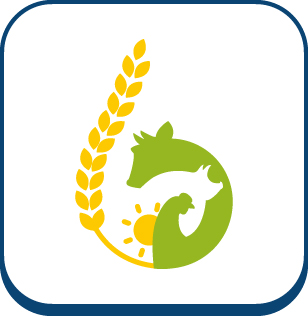Effects of sodium nitrite reduction, removal or replacement on cured and cooked meat for microbiological growth, food safety, colon ecosystem, and colorectal carcinogenesis in Fischer 344 rats
Ajouter à ma liste
Auteurs :
Guéraud F, Buisson C, Promeyrat A, Naud N, Fouché E, Bézirard V, Dupuy J, Plaisancié P, Héliès-Toussaint C, Trouilh L, Martin JL, Jeuge S, Keuleyan E, Petit N, Aubry L, Théodorou V, Frémaux B, Ollier M, Caderni G, Kostka T, Nassy G, Santé-Lhoutellier V, Pierre F
Epidemiological and experimental evidence indicated that processed meat consumption is associated with colorectal cancer risks. Several studies suggest the involvement of nitrite or nitrate additives via N-nitroso-compound formation (NOCs). Compared to the reference level (120 mg/kg of ham), sodium nitrite removal and reduction (90 mg/kg) similarly decreased preneoplastic lesions in F344 rats, but only reduction had an inhibitory effect on Listeria monocytogenes growth comparable to that obtained using the reference nitrite level and an effective lipid peroxidation control. Among the three nitrite salt alternatives tested, none of them led to a significant gain when compared to the reference level: vegetable stock, due to nitrate presence, was very similar to this reference nitrite level, yeast extract induced a strong luminal peroxidation and no decrease in preneoplastic lesions in rats despite the absence of NOCs, and polyphenol rich extract induced the clearest downward trend on preneoplastic lesions in rats but the concomitant presence of nitrosyl iron in feces. Except the vegetable stock, other alternatives were less efficient than sodium nitrite in reducing L. monocytogenes growth.
Article en accès ouvert disponible sur le site de l'éditeur.
Article en accès ouvert disponible sur le site de l'éditeur.
Fiche technique
Titre :
Effects of sodium nitrite reduction, removal or replacement on cured and cooked meat for microbiological growth, food safety, colon ecosystem, and colorectal carcinogenesis in Fischer 344 rats
Date sortie / parution :
2023
Référence :
NPJ Science Food, numéro 1, 7 octobre 2023, 17 pages












